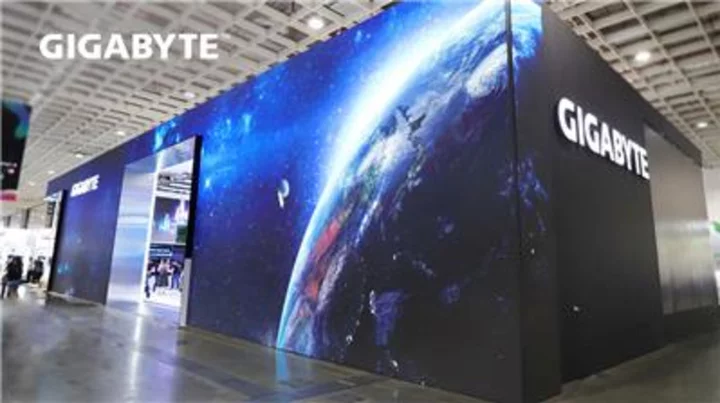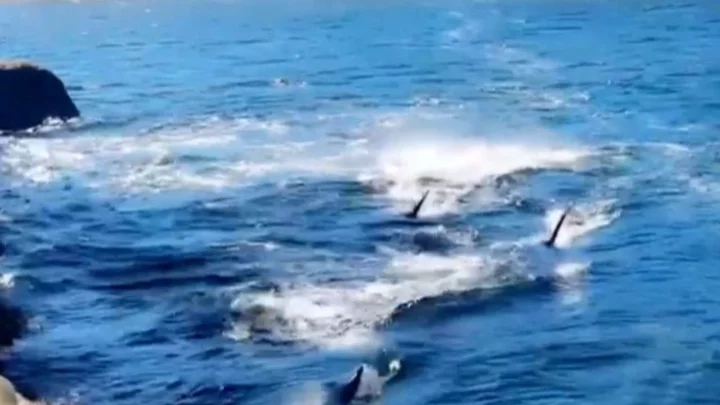Mysterious blasts coming from deep in space could be the result of “starquakes”, according to a new study.
For years, scientists have been observing fast radio bursts, or FRBs, coming from distant parts of space. They are very intense, very short blasts of energy – and despite finding many of them, researchers still do not know where they are coming from or how they might be formed.
Now, scientists have spotted that there is appears to be similarities between those FRBs and earthquakes. Researchers behind the new study suggest that the blasts could be the result of similar behaviour on neutron stars, known as starquakes.
It is just one possible explanation for the unusual bursts, which have led to suggestions they could be anything from neutron stars colliding with black holes to alien technology. Most have settled on the belief that at least some of those FRBs come from neutron stars, however, which are formed when supergiant stars collapse into an incredibly dense, small object.
In the new study, researchers looked at data from nearly 7,000 bursts, taken from three different sources that are sending out repeated FRBs, examining the time and energy that they emerged in. They then also looked at earthquake information taken from Japan, and data on solar flares, and looked to compare the three.
There was little connection between FRBs and solar flares, the researchers found. But there was a striking similarity between the blasts and earthquakes.
“The results show notable similarities between FRBs and earthquakes in the following ways: First, the probability of an aftershock occurring for a single event is 10-50%; second, the aftershock occurrence rate decreases with time, as a power of time; third, the aftershock rate is always constant even if the FRB-earthquake activity (mean rate) changes significantly; and fourth, there is no correlation between the energies of the main shock and its aftershock,” said Tomonori Totani from the University of Tokyo, one of the leaders of the study.
The findings have led scientists to speculate that there is a solid crust on the outer surface of neutron stars. That crust then experiences starquakes in the same way the Earth’s surface does – and those quakes then let out powerful blasts of energy that make their way to us as FRBs.
But researchers say they will need to further examine those FRBs to better understand the connection between the two – as well as to help give us information about quakes and other physical phenomena that are closer to home.
“By studying starquakes on distant ultradense stars, which are completely different environments from Earth, we may gain new insights into earthquakes,” said Professor Totani. “The interior of a neutron star is the densest place in the universe, comparable to that of the interior of an atomic nucleus.
“Starquakes in neutron stars have opened up the possibility of gaining new insights into very high-density matter and the fundamental laws of nuclear physics.”
The research is described in a new paper, ‘Fast radio bursts trigger aftershocks resembling earthquakes, but not solar flares’, published in the journal Monthly Notices of the Royal Astronomical Society.









